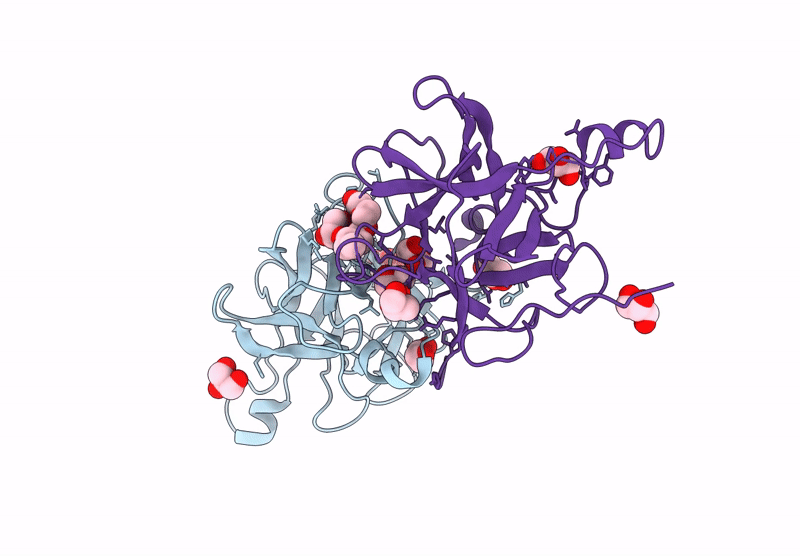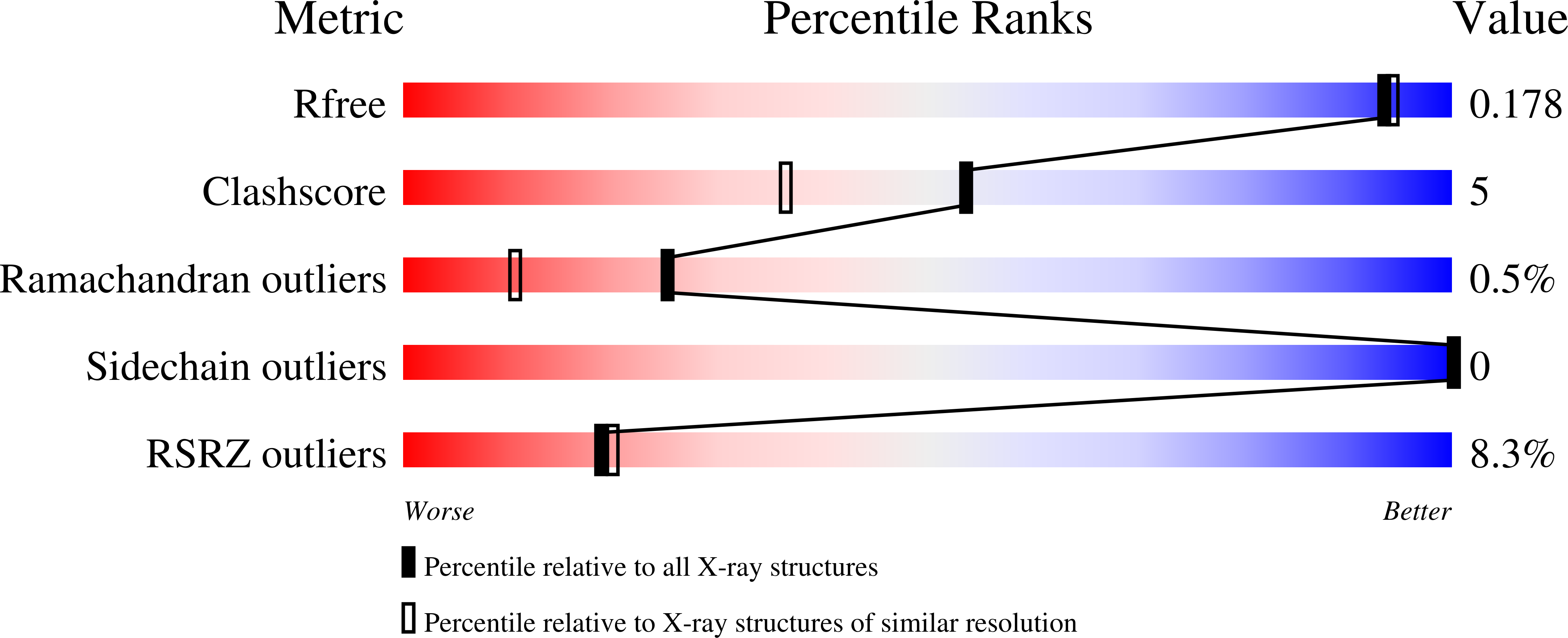
Deposition Date
2024-07-24
Release Date
2025-05-14
Last Version Date
2025-05-21
Entry Detail
PDB ID:
9CSZ
Keywords:
Title:
Crystallographic structure of M271 a new Kunitz-STI from potato
Biological Source:
Source Organism:
Solanum tuberosum (Taxon ID: 4113)
Host Organism:
Method Details:
Experimental Method:
Resolution:
1.65 Å
R-Value Free:
0.20
R-Value Work:
0.17
R-Value Observed:
0.17
Space Group:
P 21 21 2


